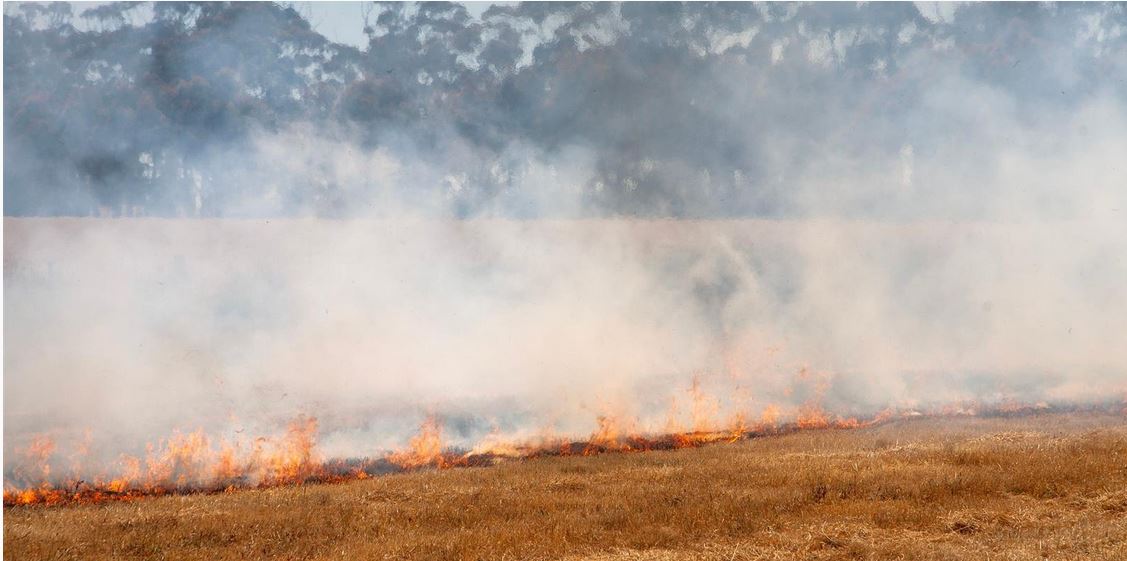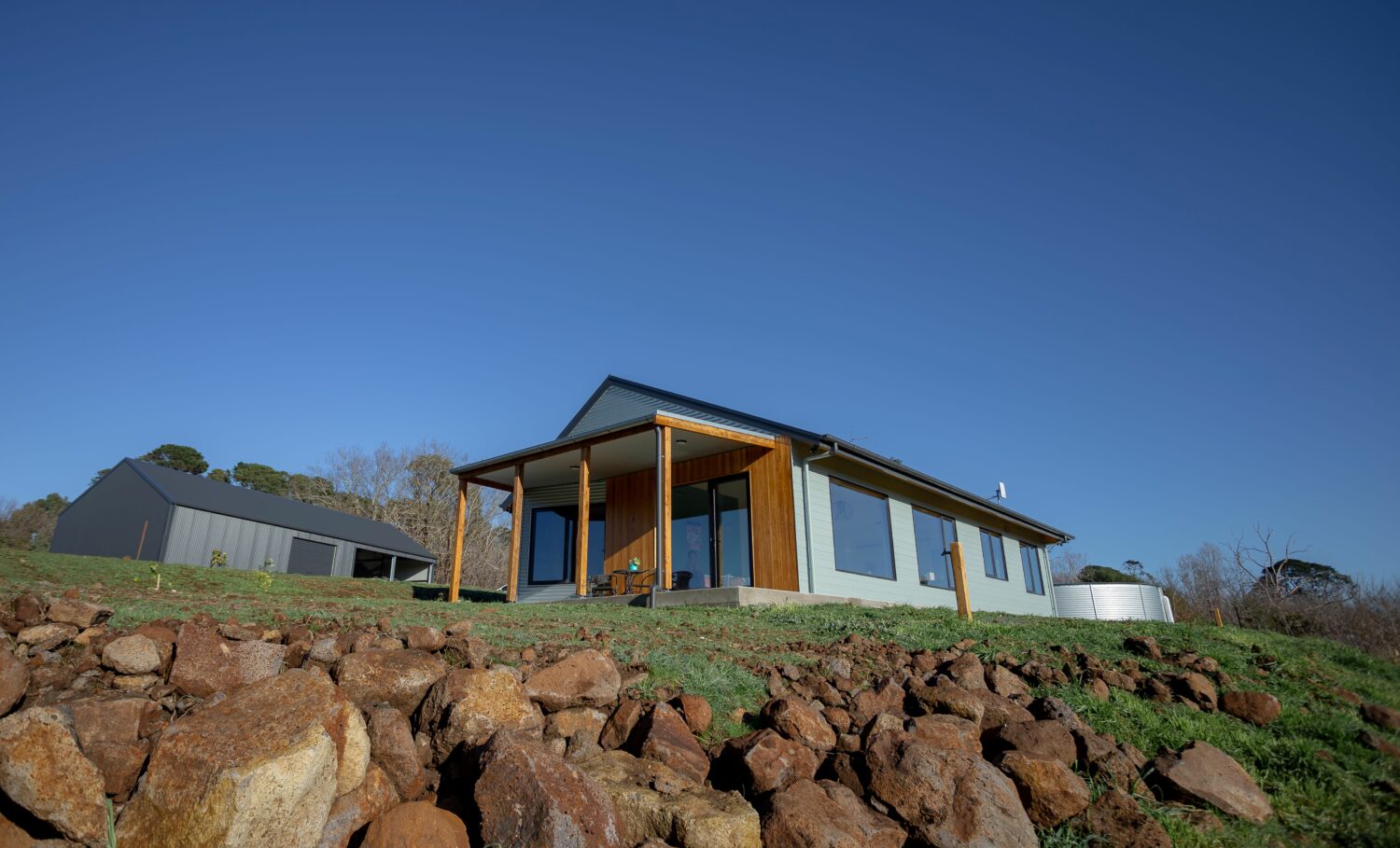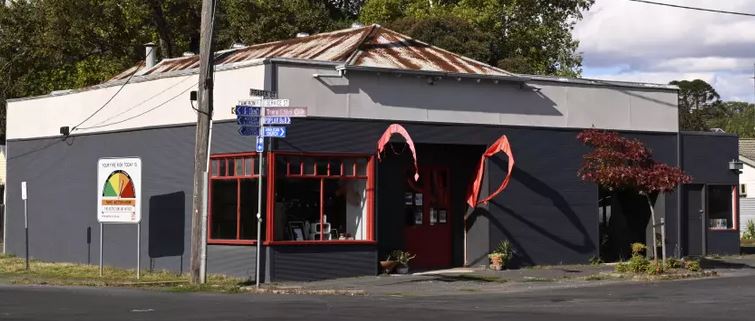January 18th, 2022Glen, about the house
A succulent subject
Last issue I mentioned that succulent plants weren’t just a group of weird little sun-loving plants that stored water on their swollen stems, leaves and sometimes, roots.
Succulent is just another name for xerophyte from the Greek words, xeros/dry and phuton/plant, and is simply a plant that requires very little moisture, whether it be from the snowy slopes of the Andes or the parched plains of Mexico.
Hence the inclusion of such plants as poinsettia, dracaena, yucca, frangipani, the Queensland bottle tree (brachychiton rupestris), the vast range of terrestial bromeliads and that beautiful waxy-flowered, climbing hoya.
Their small, non-adventurous root systems and ability to survive long, waterless periods make succulents ideal for dry areas, shallow soils, steep slopes and, of course, small containers including hanging pots or baskets.
Which provides me with a perfect segue into this column’s main topic and the photo, right, of an ingenious friend’s canny combining of a collection of trailing succulents with a couple of enamel kitchen colanders.
Way back in the middle of the last century – when I was in short pants – no self respecting porch or verandah would be seen without at least one hanging plant.
They were almost always in a hanging basket, seldom a pot, in those terracotta-rationed, pre-plastic times. And I also remember seeing a few old paint tins on hooks. (Readers of a certain age would remember the post-war shortage of building materials but apparently there was no shortage of wire.)
Grandpa was a passionate collector of fuchsias at that time and displayed his stock plants in large, hessian-lined baskets hung along the wall of the brush-roofed, shade house.
These days, most good garden stockists carry a range of wire baskets of all sizes and suitable organic fibre liners. They will also stock a suitable potting medium. This is the most important feature.
Weight is obviously a greater consideration for pots or tubs. A light, open mix containing plenty of peat or vermiculite will allow easy watering and at the same time retain moisture longer so that the plants will not suffer. Large baskets can usually often be watered satisfactorily from the top, but with smaller ones it is easier and does a more thorough job if you partly immerse them in a large bucket of water and let them soak for several minutes.
Frequency of watering will depend on the type of plant chosen and the location in which the basket is placed but twice a week should be sufficient in most cases. Probably more frequently could be required in extremely hot weather.
Planting up a basket is no problem if you stand it on top of a large pot or bucket, wherever is stable. Put a layer of lining material in first, flattening it around the sides and bottom so that it doesn’t take up too much space. Coconut fibre, sphagnum moss or shredded bark work well, or you might like to choose one of the pre-made fibre mats.
Pre-punctured black polythene sheeting is sometimes used but doesn’t always allow the water to correctly drain. Besides, the organic materials will help encourage root development. In larger baskets you can insert smaller plants from underneath to add to the decoration.
As with potted plants, basket occupants will need frequent feeding and this can be best done while watering by adding a good liquid fertiliser to the water, about every fourth drink, depending on the type of plant.
The range of suitable plants is boundless providing they are content to be container bound and will, like ferns and most fuchsias, spill out and over the sides for the best effect…and maybe add a few succulents.
Got a gardening query? Email glenzgarden@gmail.com










